Last year, research from LinkedIn revealed that US members were adding over 110,000 volunteer experiences and activities to their profiles every month. That number was more than twice the monthly count in 2017. In a moment of crisis, more people found ways to help each other—from voter registration drives to neighborhood clean-ups.
As individuals stepped up, many consumers encouraged brands to do the same. Adidas distributed 100,000 masks to medical communities and donated $3.25 million to the WHO’s COVID-19 Solidarity Response Fund, while Billie allocated 1% of its proceeds to food banks across the US. The Body Shop donated 30,000 units of cleansing products to senior communities and local shelters, and Subaru teamed up with Feeding America to help provide 50 million meals to those affected by the pandemic.
In many ways, this increased interest in volunteering has helped to reshape commercial visual culture, as brands look to reflect their values across their advertising. Throughout 2020, as the global public navigated a pandemic and the US faced the realities of racial injustice, searches on Getty Images for “volunteering in the community,” “community service,” “community garden,” “food bank,” and “mentoring” all rose, as consumers and brands looked for ways to give back.
What’s more, Getty Images research found that three in four Americans prefer to buy from companies that support social good, with 69% having participated in some form of activism over the past two years. As a result, today’s brands have the responsibility to go beyond lip service and actively do the work to address urgent social issues and support their communities.
Here are five ways to visualize the importance of giving back when shooting for your Licensing portfolio.
Spotlight on: Food banks
From March through October of last year, as more Americans faced food insecurity, Feeding America handed out 4.2 billion meals. They observed a 60% increase in food bank users, with approximately four in ten being first-time users. Long lines forming at food banks made national headlines, and many faced shortages.
There are plenty of ways to help your local food bank, from packaging food to delivering meals to donating money. Start by documenting what your family does to help neighbors in need, whether it’s volunteering as part of a salvage program (sorting dented cans, etc.) or organizing a food drive. By sharing these kinds of images, you can demonstrate what we can all do to support each other.
Spotlight on: Community gardens
Between 2012 and 2018, the number of garden plots in city parks rose by 44% in the US, according to the Trust for Public Land. Community gardens offer healthy food, while bringing people together under a common cause. Even during 2020, many adapted to COVID-19 protocols and gave the public a safe place to hang out while practicing social distancing. Some gardens delivered boxes of produce to members who couldn’t leave their homes, providing access to fresh food, and others donated to families wanting to start their own gardens.
Then, in September of this year, the Royal Horticultural Society in the UK announced the winners of their first Community Awards in recognition of the work done by community gardens. Many welcome younger generations into the fold through clubs and classes, so they offer a unique opportunity to capture multigenerational stories through photography.
Spotlight on: Libraries
Public libraries provide access to books, films, internet, community, and more. Many offer programs for all ages, from book groups to job-search training, and during the pandemic, several kept their Wi-Fi running so that those without internet access could park outside and use it. Some offered mental health support groups to help people navigate a challenging time—this year, the New York Public Library teamed up with Columbia Psychiatry to launch the post-COVID Community Mental Health Project, an initiative increasing access to mental health information.
While public libraries are generally off-limits for commercial photographers, there are plenty of ways to visualize the role of libraries in our communities. During the pandemic, people set up “Little Libraries” in parks, schools, apartment buildings, and community centers, creating miniature libraries out of cabinets or even newspaper boxes, where people can donate books or borrow them for free.
In New York City alone, the number of little libraries rose to more than 130 in 2020. That year, the nonprofit Little Free Library surpassed 100,000 registered libraries across more than a hundred countries. At the height of the pandemic, many doubled as food pantries, offering free rice, canned goods, hand sanitizer, and more.
One thing to keep in mind when documenting libraries is that book covers, titles, and artwork are unsuitable for commercial use, as they’re protected by copyright. Instead of highlighting the books themselves, focus on the community aspect of these places and the people who make them work—just remember to get signed model releases from everyone.
Spotlight on: Community clean-ups
In 2019, the #Trashtag challenge went viral on social media, inspiring people around the globe to remove litter from their community parks and waterways, while posting before and after photos to encourage others to get involved. From South Africa to Indonesia, citizens formed groups with friends, family, and coworkers. That same year, 20 million people took part in World Clean-up Day, spanning 179 countries.
Clean-ups can be a solo initiative or a group undertaking. As part of the Great Global Clean-up, EARTHDAY.ORG makes it easy for people to register and join clean-ups in their neighborhoods. This year, the Marine Conservation Society in the UK organized the 27th edition of Great British Beach Clean, with participants uniting to tackle plastic pollution head-on. If you want to make a difference, you too can organize a clean-up with a small group of friends and document the process; have them sign model releases, and then consider donating some of the photos to an environmental nonprofit in your area as well.
Spotlight on: Care and support
According to a report released last year by Indiana University’s Women’s Philanthropy Institute (WPI), more than half (56%) of households in the US participated in charitable giving to help their neighbors through the pandemic. For some, that meant grocery shopping for elderly community members and other vulnerable neighbors; others picked up prescriptions or provided child care.
Meanwhile, at the start of the pandemic, brands large and small brainstormed ways to help. Walmart and Nextdoor, for example, launched the “Neighbors Helping Neighbors” program, enabling customers to request help with shopping for essential items. Care and support can look different for everyone; it can be as simple as shoveling a neighbor’s driveway or mowing the lawn, creating care packages, or donating food and toiletries.
A note on representation
As noted by Getty Images, mutual aid groups have a long history of uniting underserved communities, particularly communities of color. One example can be found in the Black Panthers’ free-breakfast program, which provided meals for tens of thousands of young people. Mutual aid is about people working together and in reciprocity for the common good; unlike charity, it doesn’t go one way. Everyone contributes, and everyone benefits.
For that reason, it’s essential to portray people and their communities on their own terms, highlighting moments of mutual care and solidarity. “One of the most important things to keep in mind when shooting community activism is that activists include people of all ages, all gender identities, all sexual orientations, all races, all religions,” the 500px team tells us. “Everyone has a community.” Start with your own community, and reach out to organizers to learn how you can help. By volunteering yourself, you’ll get a deeper understanding of how to accurately reflect this kind of work in photographs.
Not on 500px yet? Click here to learn about Licensing with 500px.

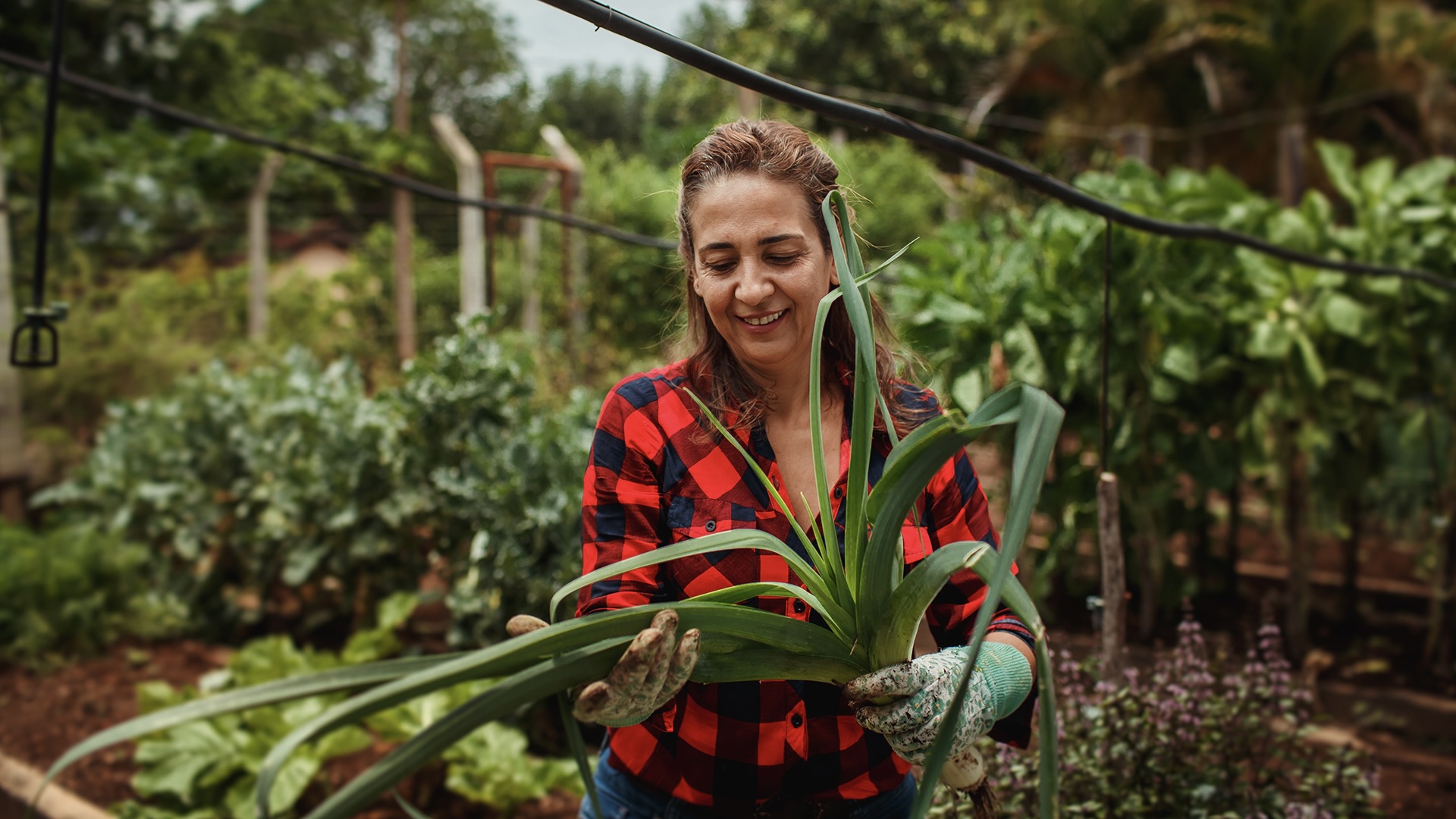

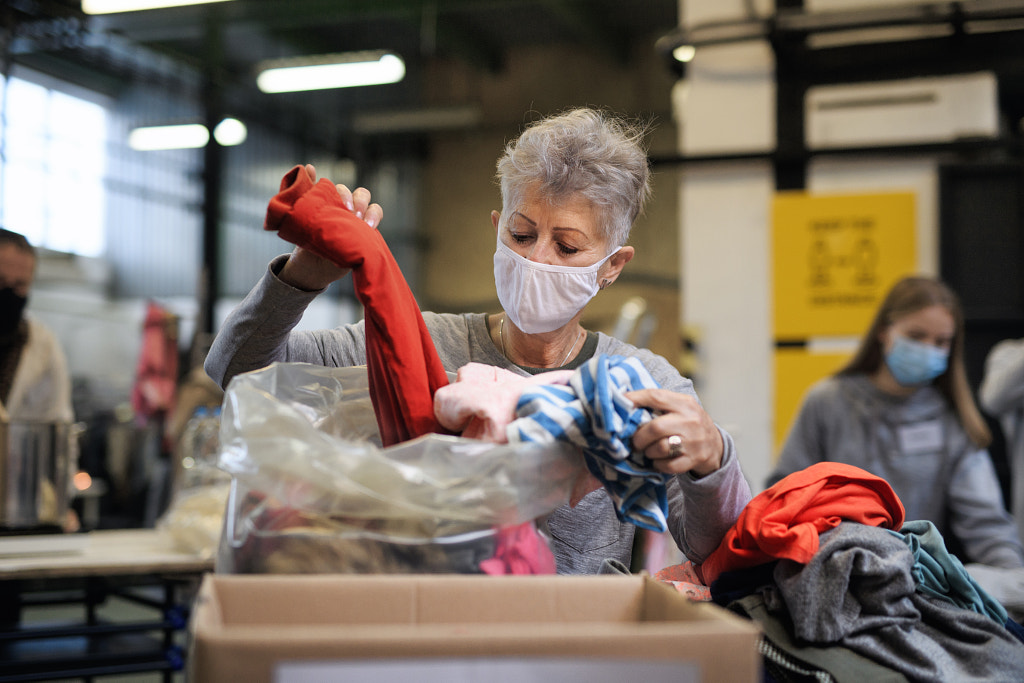
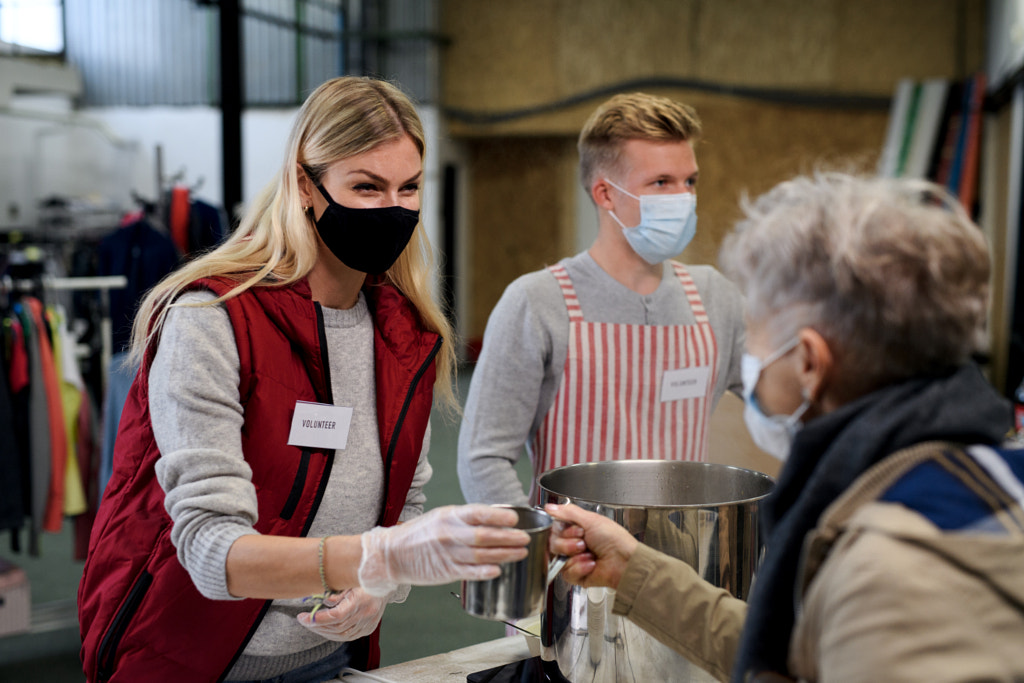
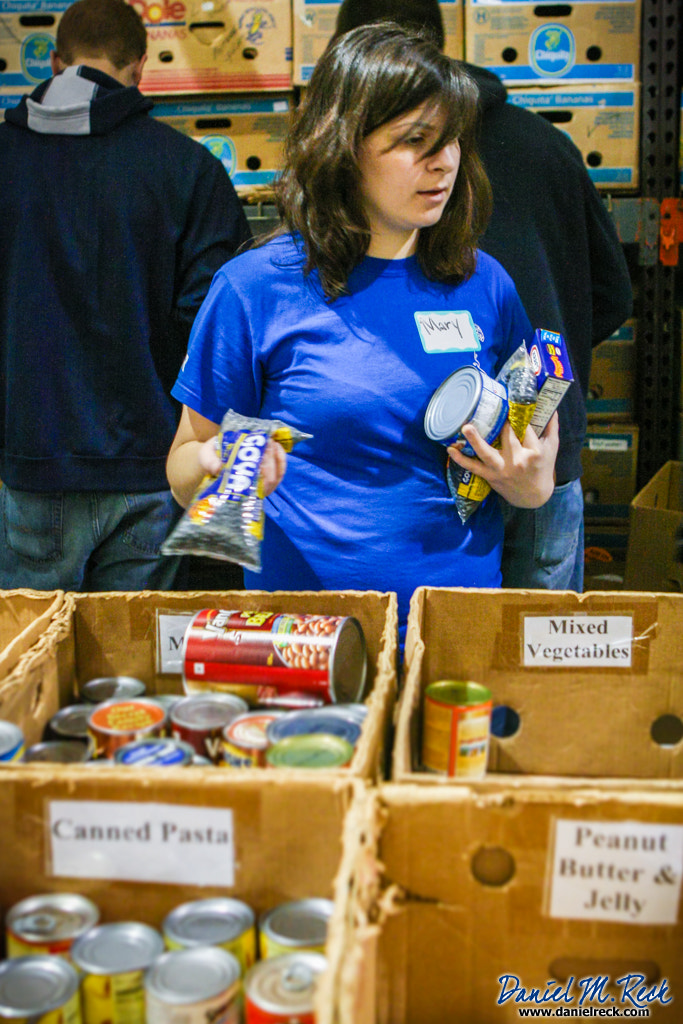
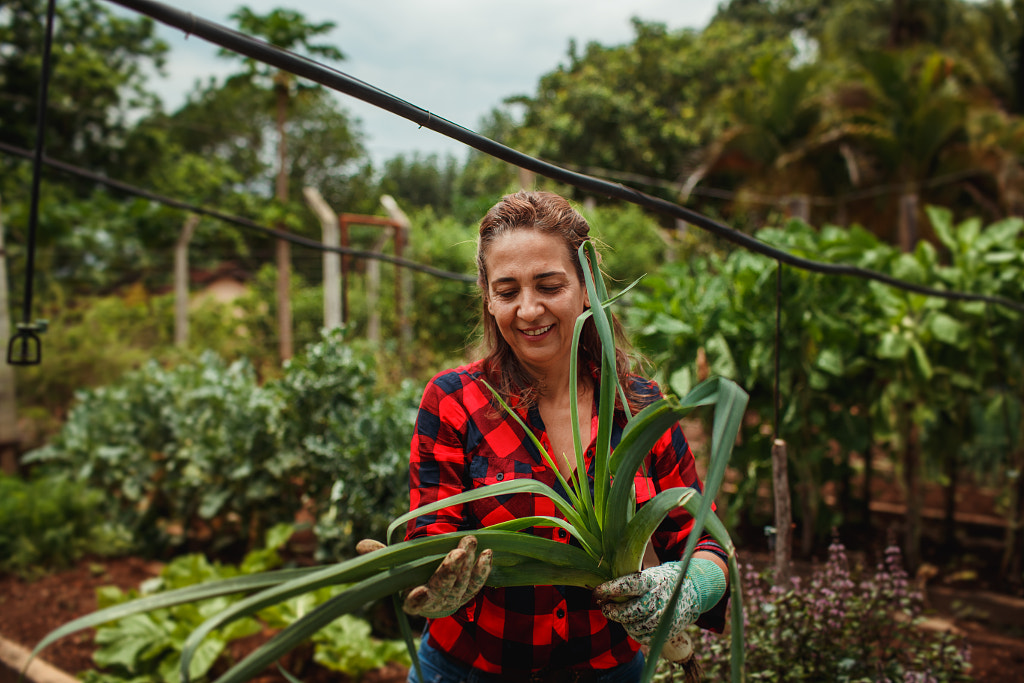
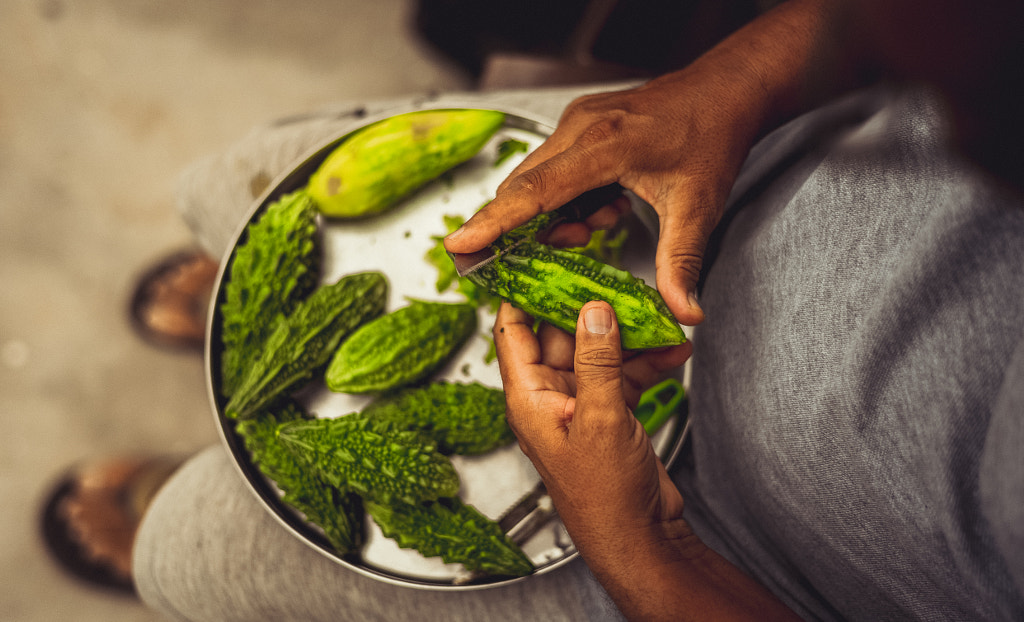

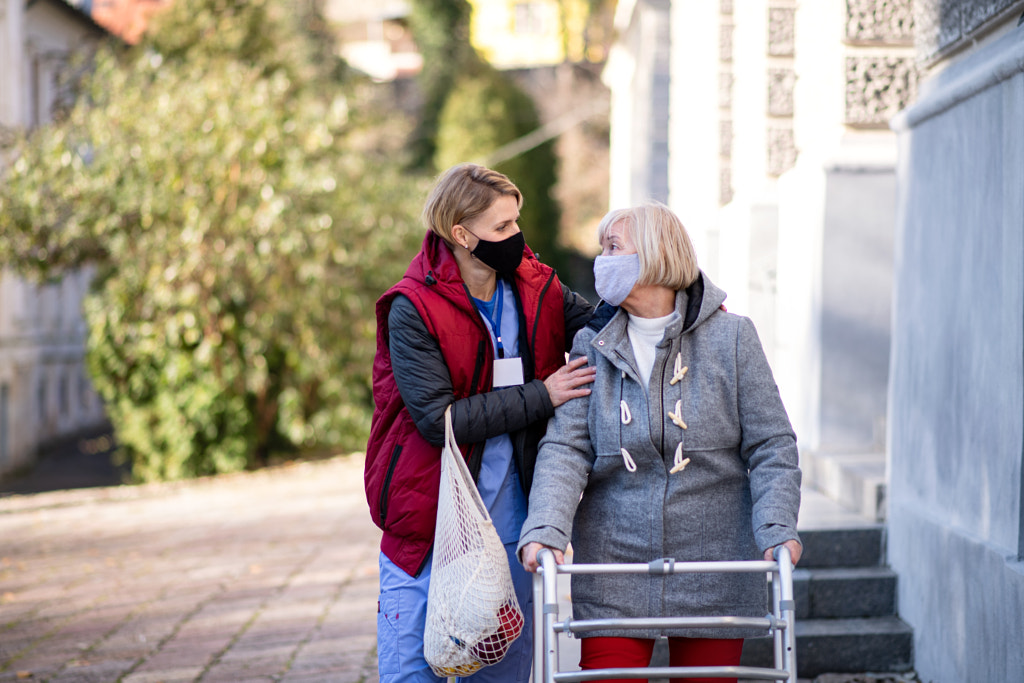
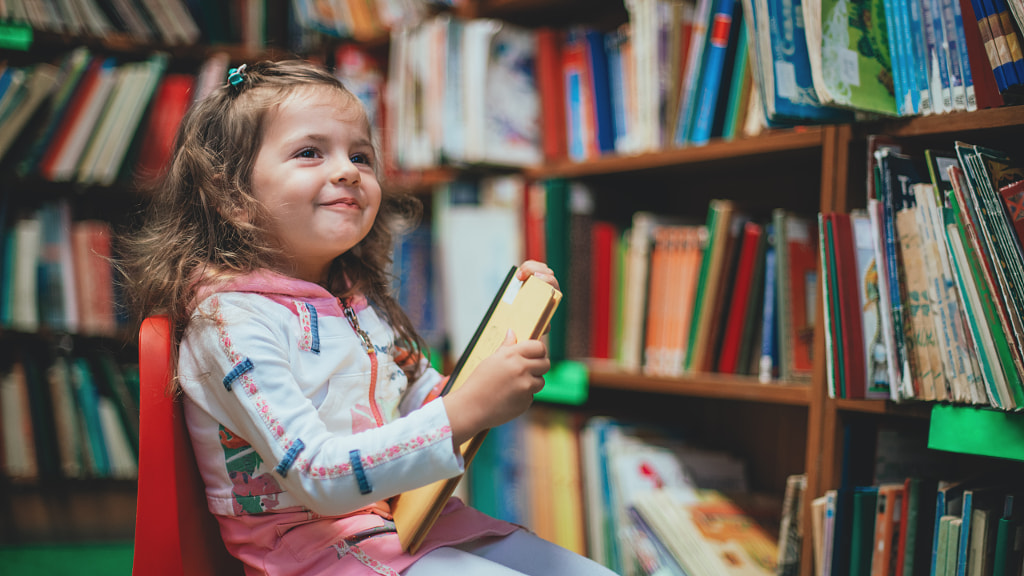
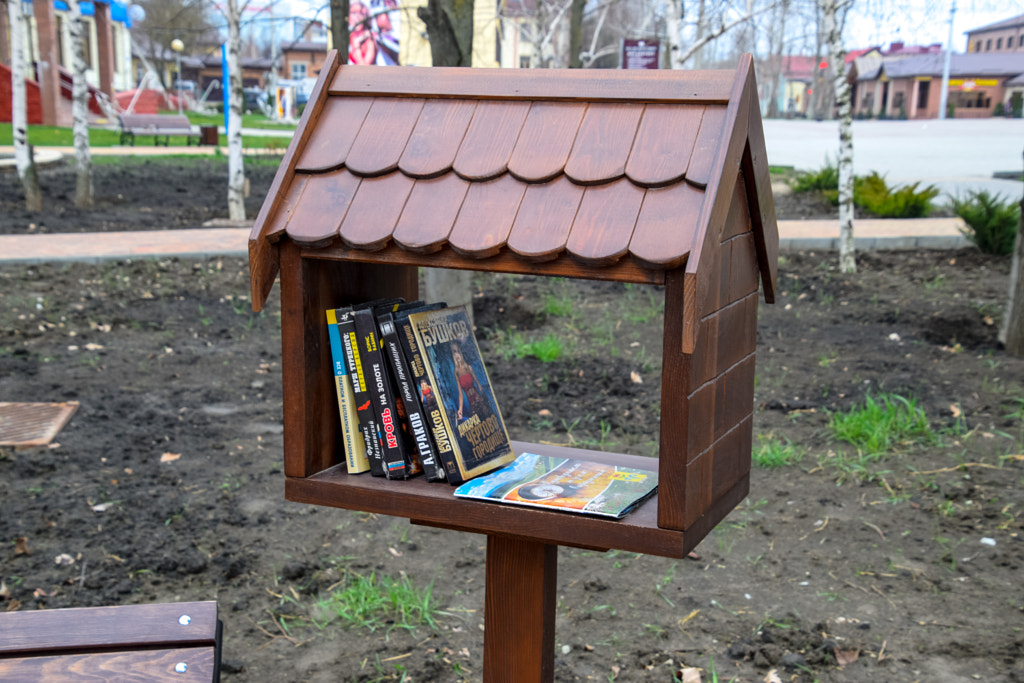
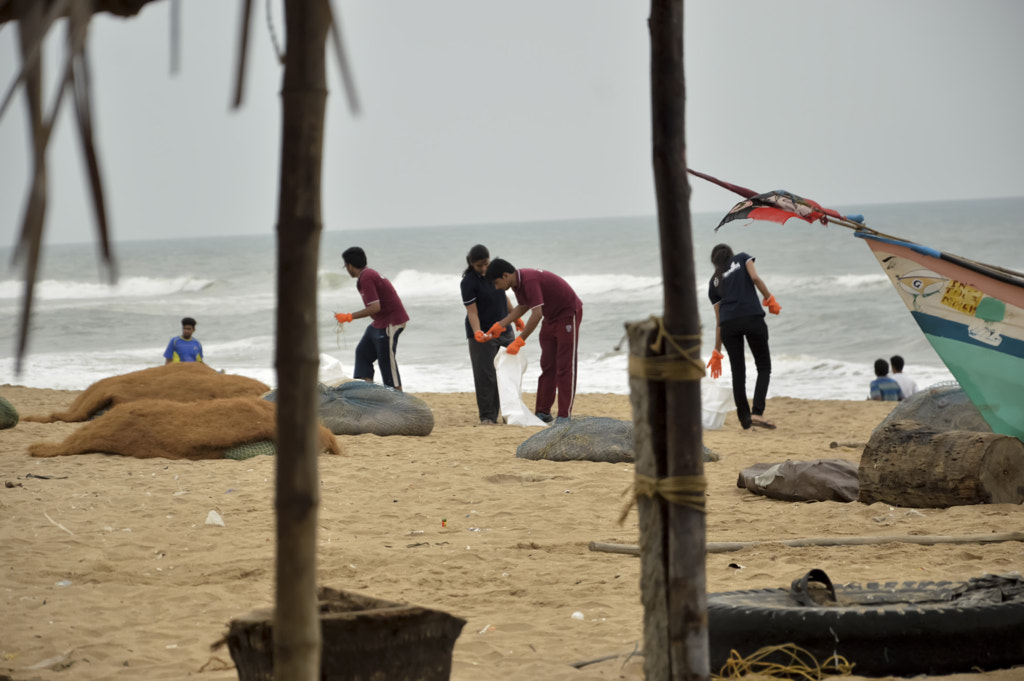
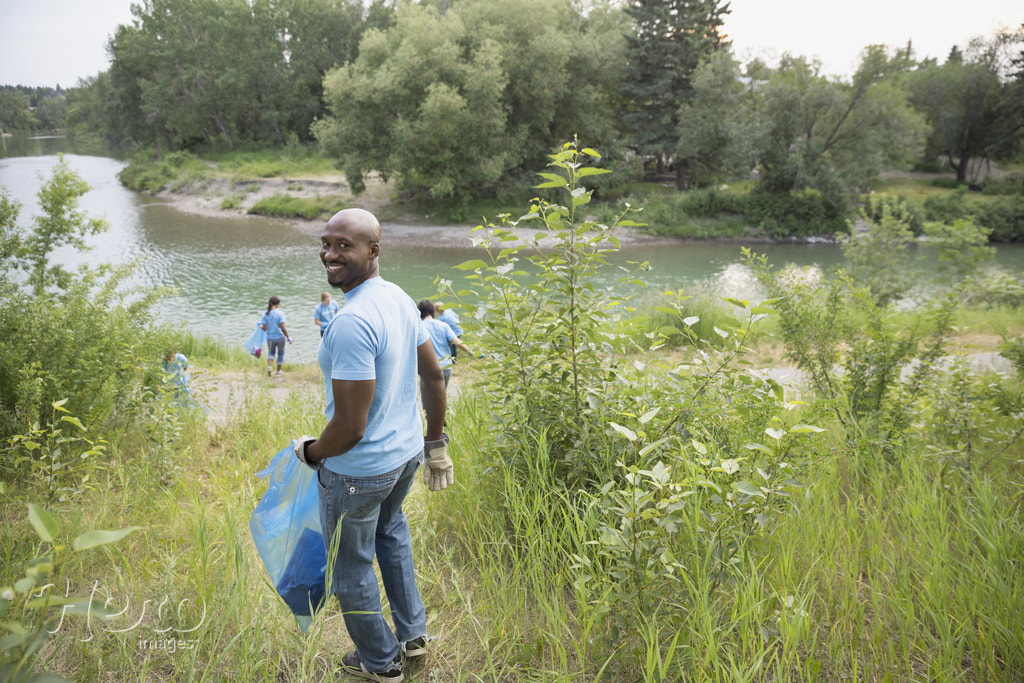
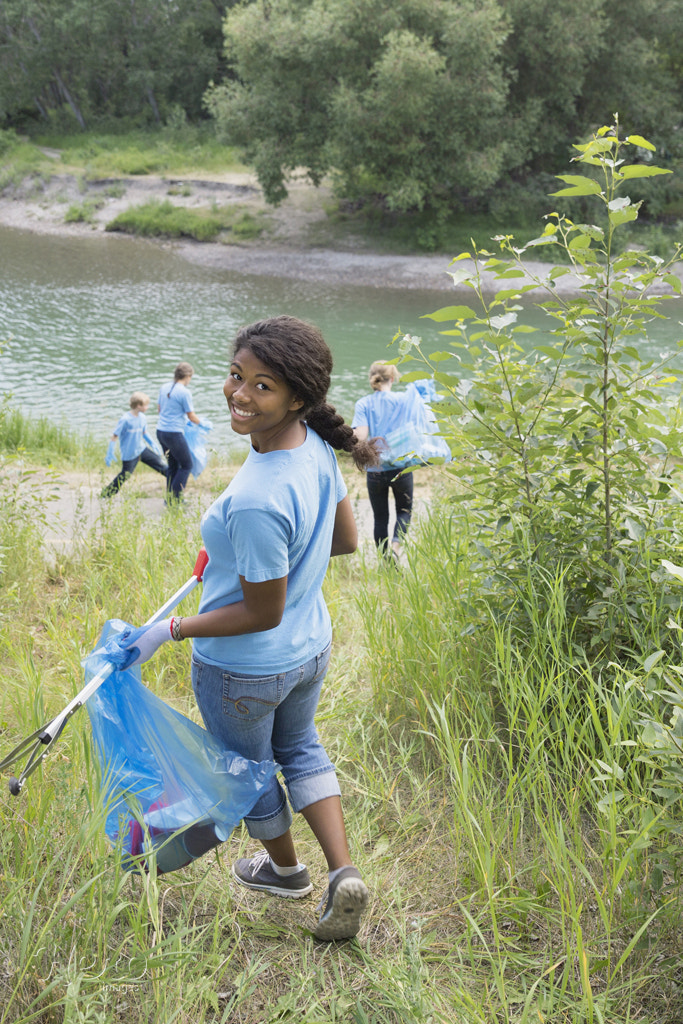
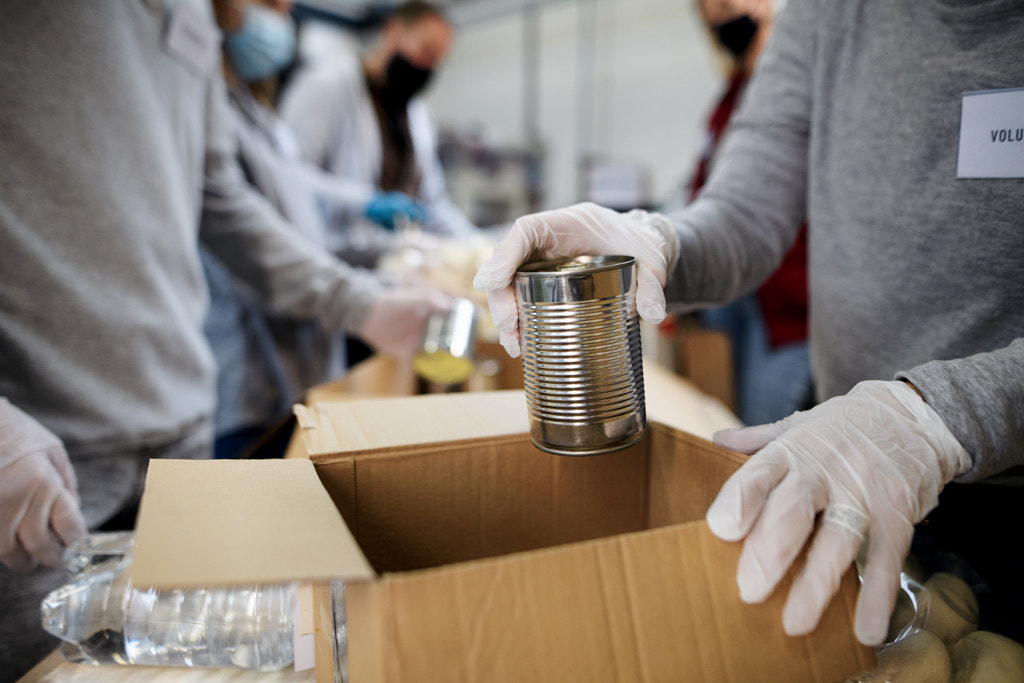

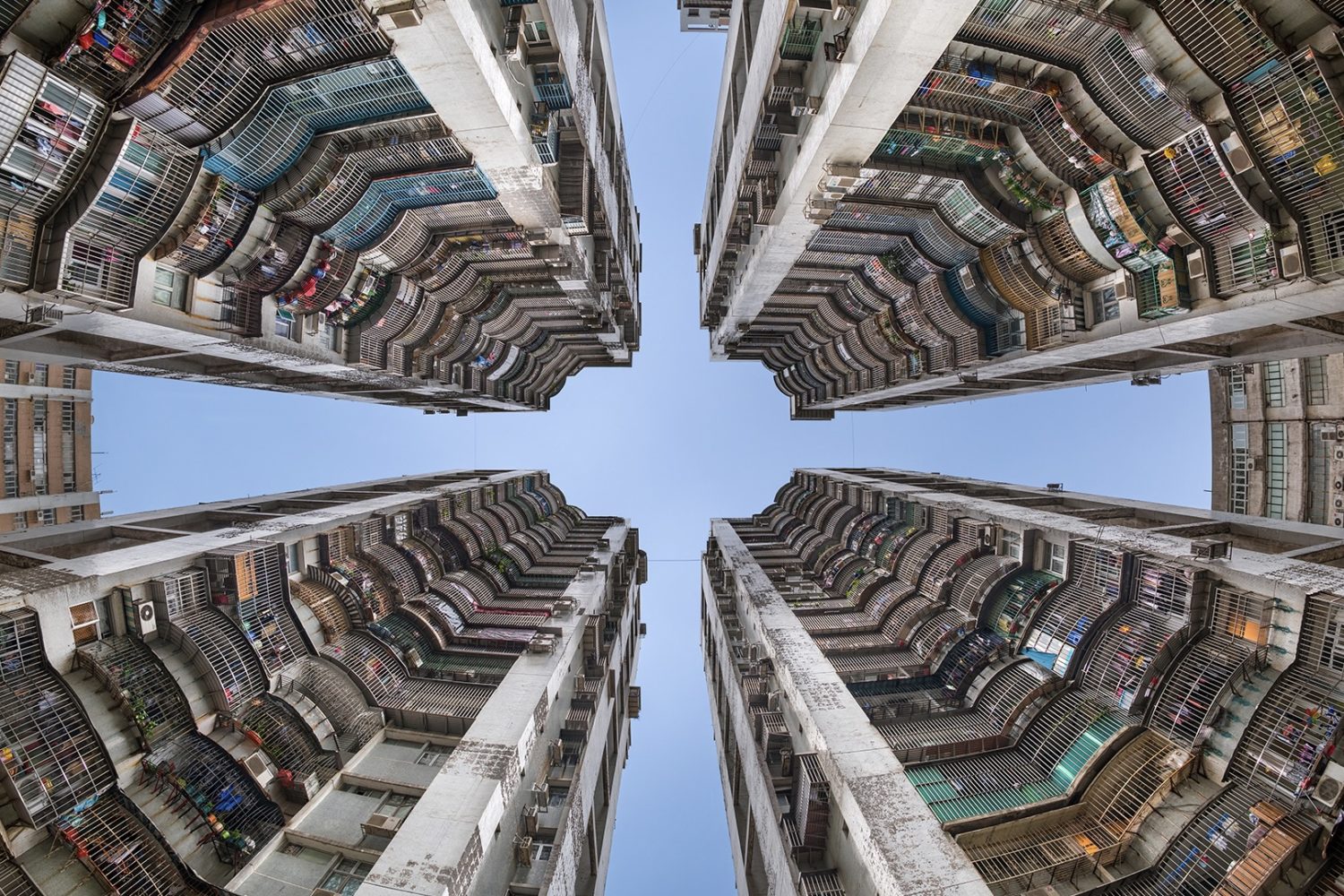
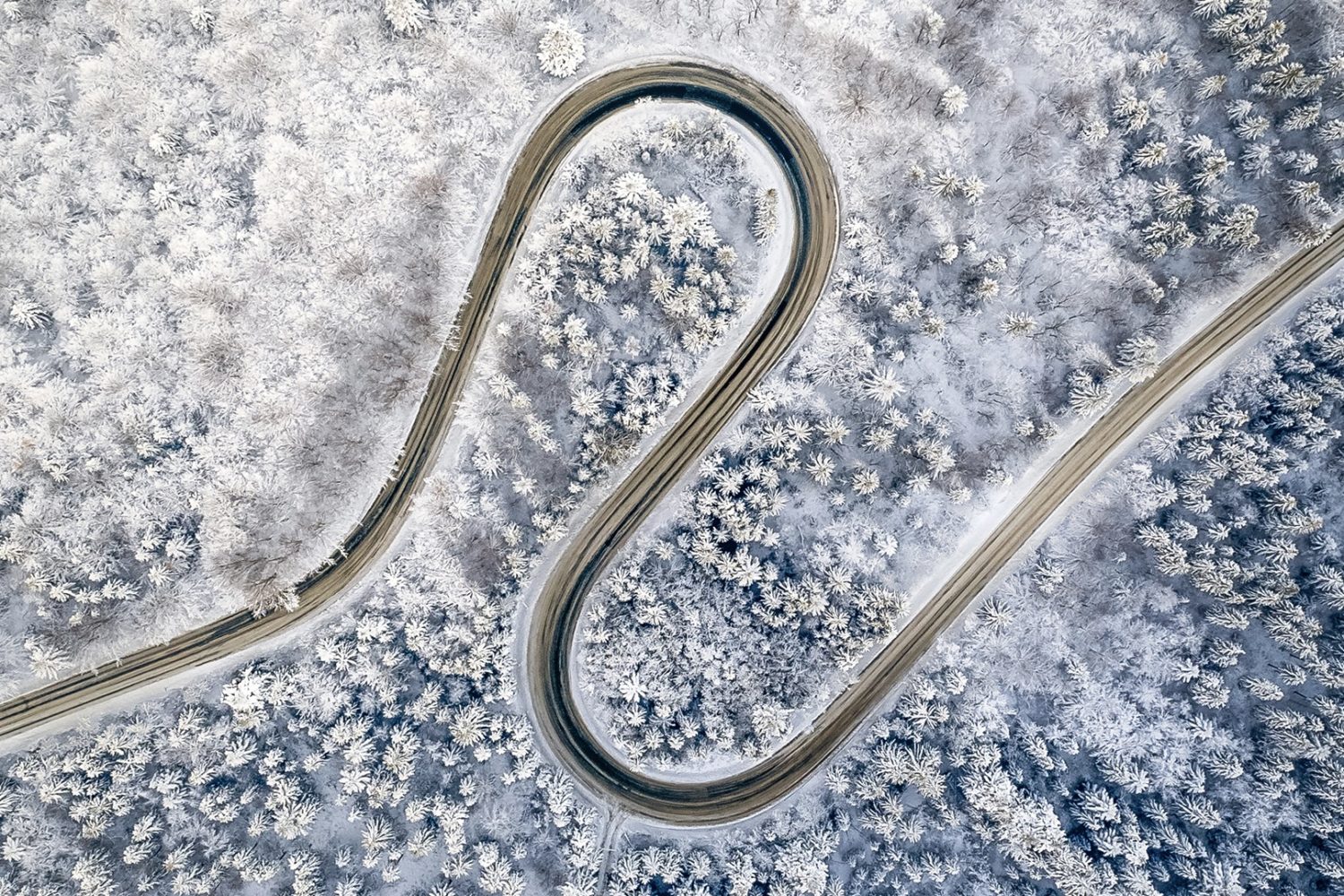

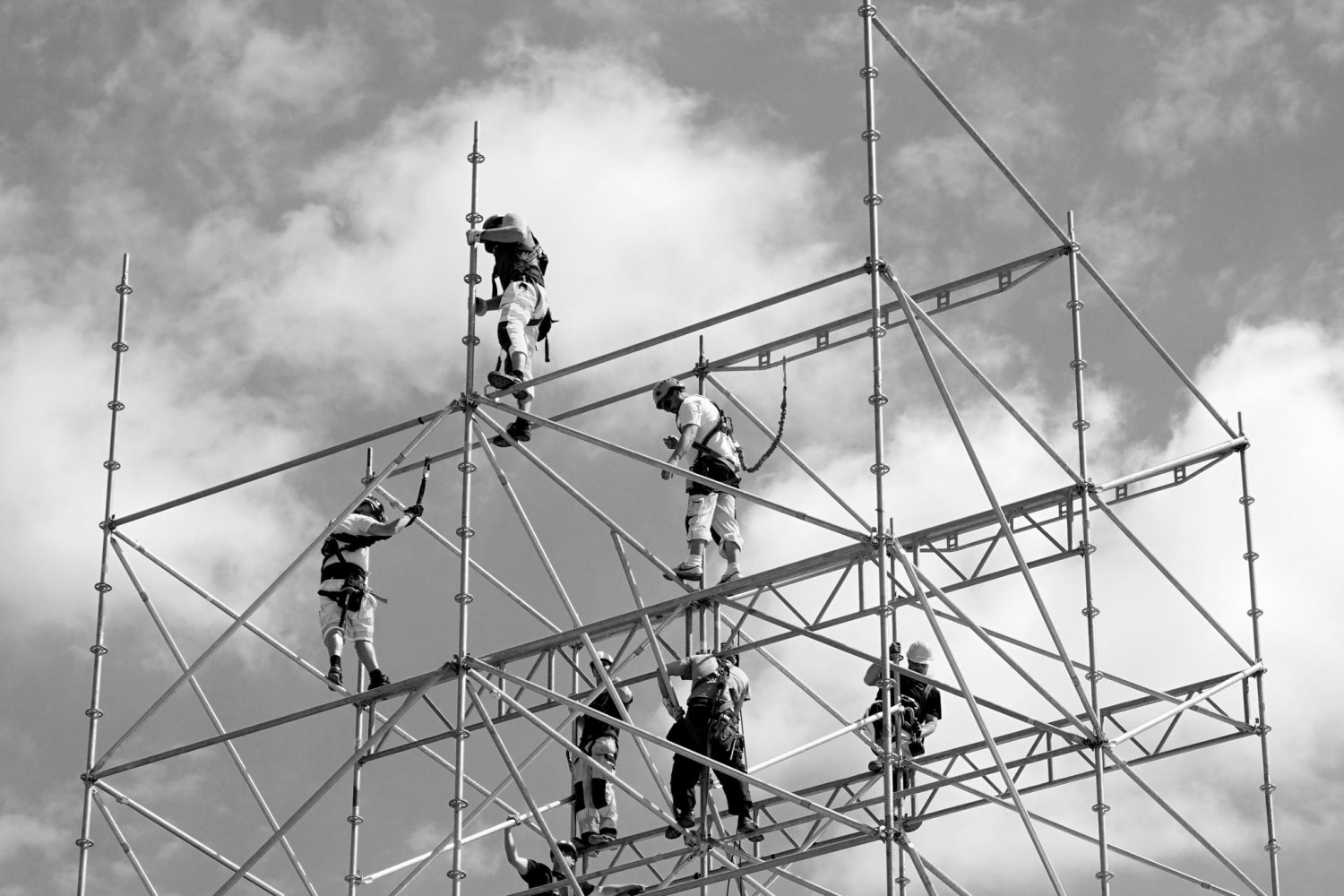
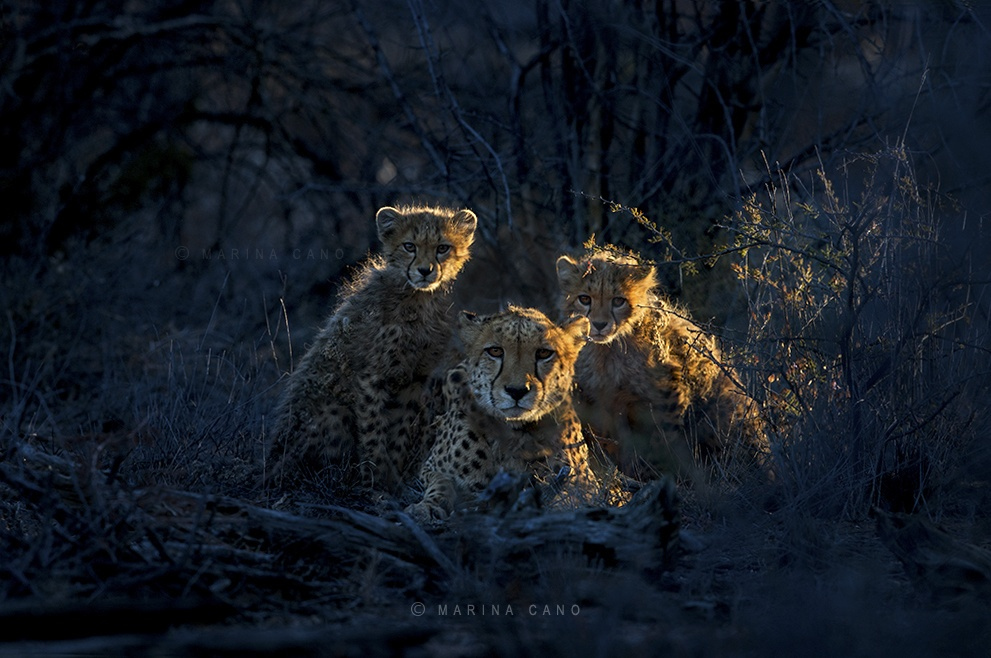
Leave a reply